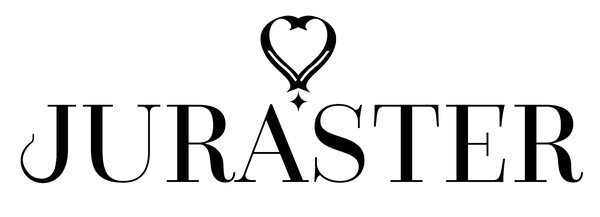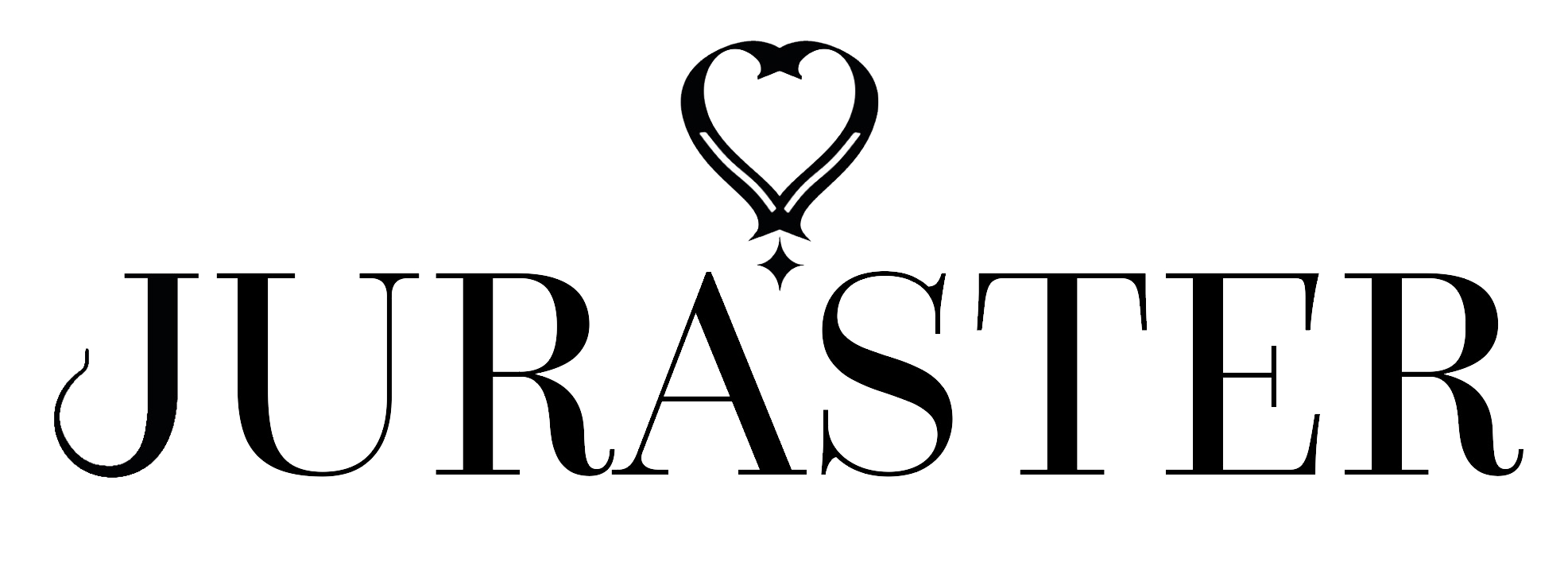Inside the Jewel Vault with Dr Jack Ogden
Listen Now








Free UK shipping & returns








Revel in the wonders inside Sandra Hindman's Vault, as the leading scholar, international dealer and founder of Les Enluminures - unveils a speaking jewel and a betrothal ring restituted from a Nazi hoard.
Meet Robin Hansen. She’s Curator of Minerals and Gemstones at the Natural History Museum – one of the world's largest and most important mineralogical and gemmological collections. What treasures will she pick for her own fantasy Jewel Vault?
Visionary jeweller Romilly Saumerez Smith selects six fantastical jewels that overturn our usual concepts of arrangement and form, and tells how she overcame paralysis due to illness to work creatively again.




